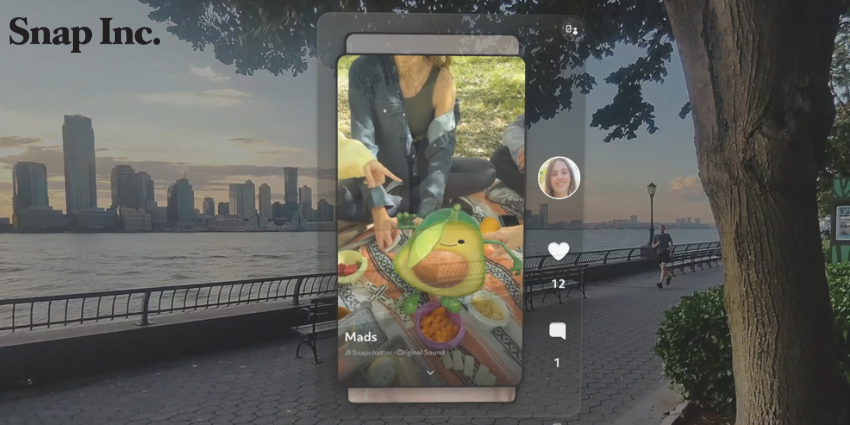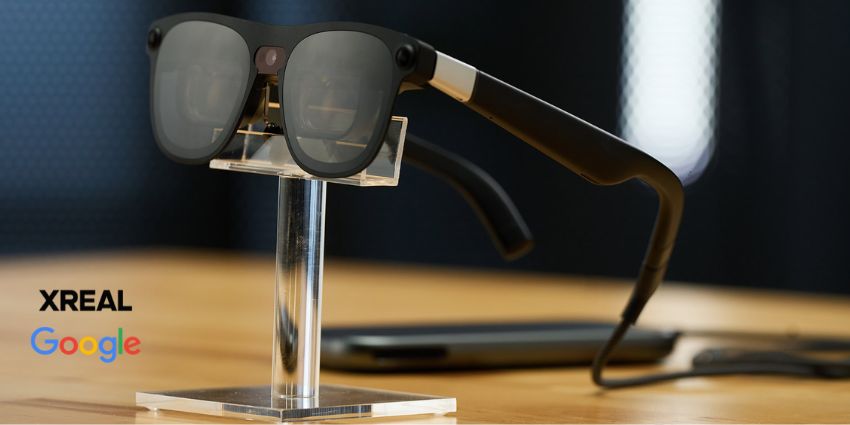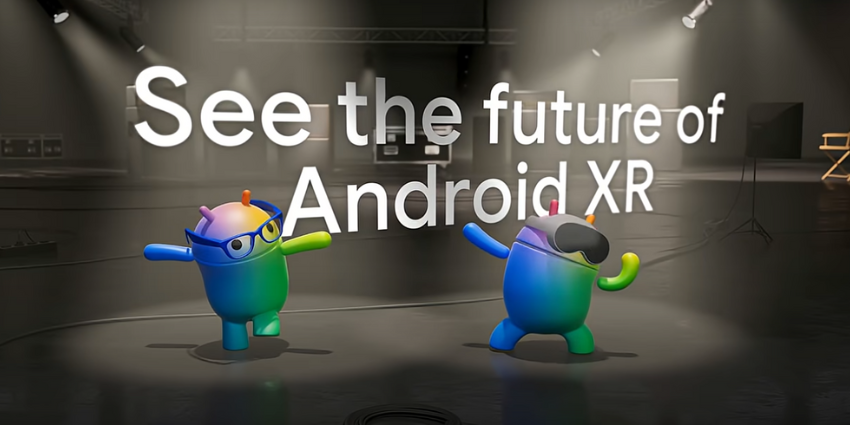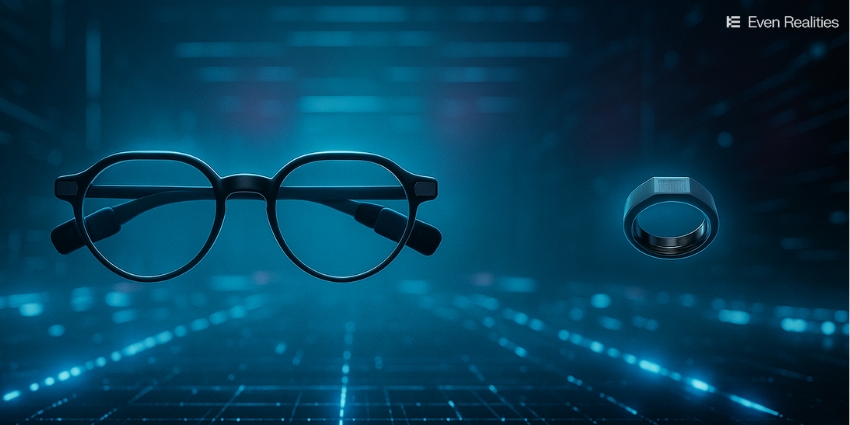Snap is making its boldest move yet, announcing SnapOS 2.0, a dedicated operating system accompanying its 2026 Spectacles launch. This could reposition the company from social media darling to a serious AR platform contender.
The timing isn’t coincidental. While Meta chase flashy collaborations with Ray-Ban and Amazon focus on using AR in their own operations first, Snap is quietly building what could become the iOS of augmented reality.
What SnapOS 2.0 Actually Delivers
SnapOS 2.0 will be a dedicated operating system designed specifically for AR glasses, launching alongside the company’s next-generation Spectacles in 2026. Unlike previous iterations that relied on smartphone connectivity, it will run natively on the glasses themselves.
It’s packed with developer-friendly features, such as their new Spectacles Browser, offering WebXR support that opens the door for immersive augmented reality experiences.
The system builds on Snap’s impressive existing AR infrastructure, where users already engage with AR Lenses 8 billion times daily. More than 400,000 developers have created over 4 million AR experiences on Snap’s platform – a developer base that dwarfs most emerging tech ecosystems.
Early demonstrations with Christian Dior Couture and Adidas showcase enterprise-grade applications beyond flashy social media filters, including interactive retail experiences and branded customer engagement tools.
Evan Spiegel, Snap CEO said:
“Our [new] operating system, personalized with content and memory, compounds in value over time.”
Putting Developers First
Snap already operates the world’s largest AR development platform, and SnapOS 2.0 is designed to capitalize on that momentum. The company is betting that lowering barriers for enterprise developers will create the killer apps that make AR glasses essential business tools.
As Shahwali Shayan, founder of Shahnanigans, told XR Today earlier this year:
“The best way that a company can really do this is to hand out [smart glasses] to developers and let them figure out how they want to shape the world of the future.”
That’s exactly Snap’s approach. Rather than dictating use cases from the top down, their new operating system provides the infrastructure for developers to find enterprise use cases.
Spectacle or Spectacles?
For businesses, the implications are both exciting and complex. SnapOS 2.0 could pave the way for custom XR applications, laying the groundwork for developers to innovate.
Yet, key questions remain:
- How will enterprises deploy apps at scale?
- Will it integrate cleanly with CRM, e-commerce, and collaboration platforms?
- Perhaps most importantly, what level of enterprise support will Snap provide to ensure that XR applications are reliable at scale, not just flashy prototypes?
Business Model Diversification
CEO Evan Spiegel has indicated that AR represents Snap’s path to revenue diversification beyond its core advertising business, which generated $4.6 billion in 2023. The company isn’t abandoning ads – it’s extending them into immersive experiences.
Early partnerships demonstrate how brands can create memorable AR activations that blend marketing with utility. For enterprises, this suggests AR advertising could become as targeted and measurable as current digital campaigns, with the added benefit of physical world integration.
The business model parallels Apple’s App Store success: Snap provides the platform and takes a percentage of developer revenues, creating sustainable income streams beyond traditional advertising.
Snapping at Apple & Google’s Heels
Snap’s move with SnapOS 2.0 places it squarely in the same arena as Amazon, Google, and Microsoft – companies vying to define the future of AR platforms. The competition isn’t just about who builds the sleekest glasses, but who can sustain a vibrant, sticky ecosystem that attracts developers, enterprises, and end-users alike.
As spatial computing matures, the line between consumer play and enterprise productivity is blurring fast. The challenge for technology buyers and decision-makers is to assess whether Snap’s developer-first strategy is a long-term play worth investing in – or whether the company risks being confined to its consumer roots.
The question for enterprises is no longer if immersive technologies will change the way we work, but how quickly and with which platform.
Will your business be ready to ride the SnapOS 2.0 wave – or risk missing out on the next major computing shift?







